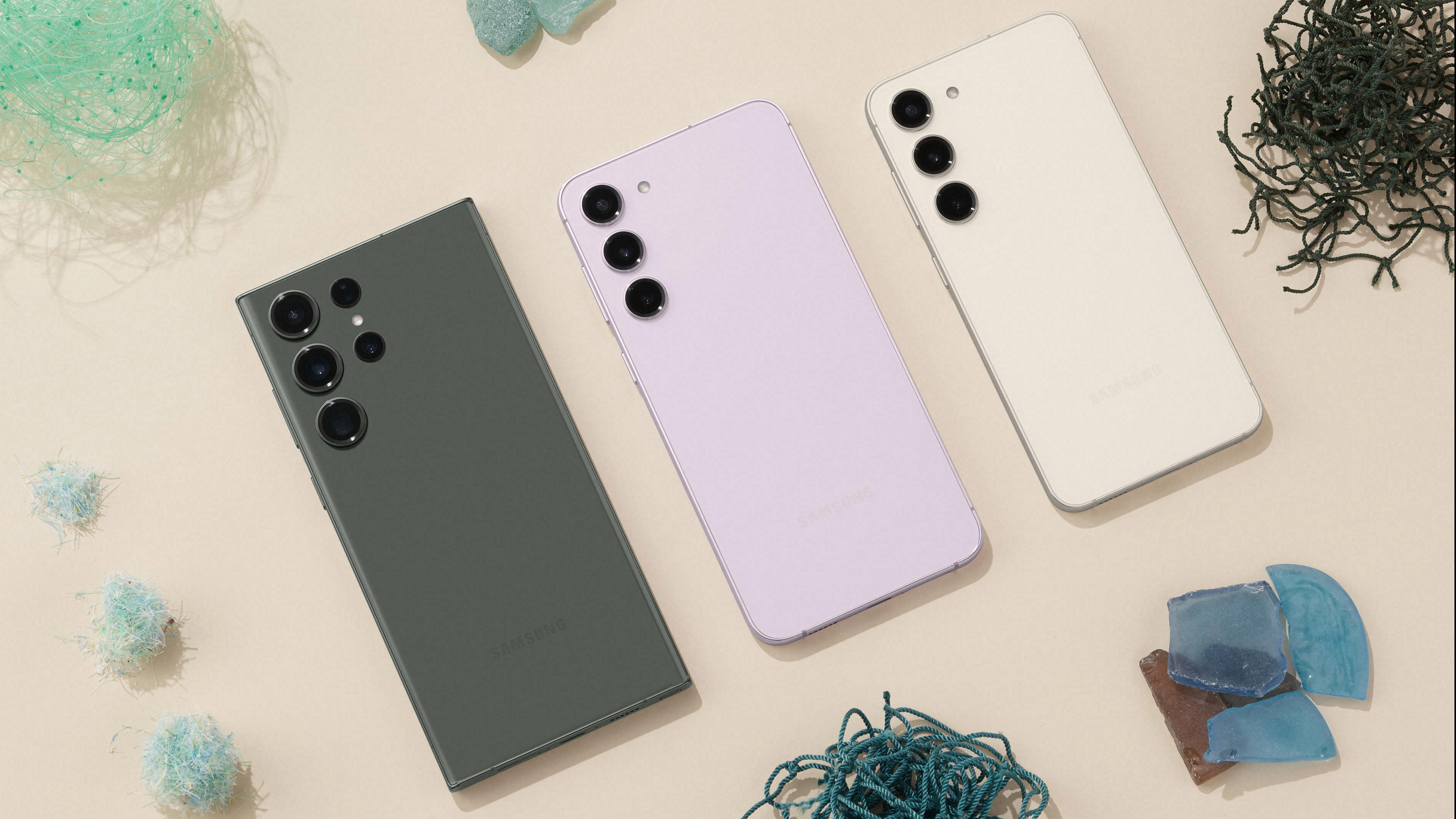

Quick summary
Samsung has acknowledged that the One UI 6.1.1 update may have affected the audio on some devices.
Designed to boost the Dolby Atmos experience, it seems other music modes may now sound worse.
While many updates will bring new features to your phone, it’s not unheard of to experience an update that makes your phone worse. Of course no one wants that, but it happens – and Samsung seems to be the latest victim of the curse of the update.
The One UI 6.1.1 update appears to have caused some problems with Dolby Atmos on devices, like the Galaxy S23, with users taking to Reddit to highlight the problems. While the Dolby Atmos update aimed to boost the spatial audio experience, it seems that it had a knock-on effect in other modes, reducing the quality of the sound.
If you thought something was amiss, then you’re not alone. According to SamMobile, Samsung users providing feedback via the Samsung Members app have now had a response from Samsung confirming that there’s a problem.
According to Samsung, the update changed the Dolby Atmos Library from version 3.10 to 3.12, but it has changed the sound quality in other areas. Samsung says that Dolby has been notified and there’s another release in the work to correct the problem.
Currently, there’s no timeline for the fix and it didn’t arrive with the November 2024 security update, leaving users with inferior sound.
What is Dolby Atmos and spatial audio?
Samsung has long supported Dolby Atmos in its devices, with the aim of providing more immersive audio when listening to music or when watching a movie. Dolby Atmos aims to create a soundstage that’s expansive, with the ability to place audio in different positions, rather than just using left and right like a stereo soundtrack.
Dolby Atmos is best known from cinema and traditionally was created using speakers for height in addition to a surround sound setup with rear channels. However, in more recent times, virtualisation of Dolby Atmos has become more common, allowing a more immersive soundstage from headphones, soundbars, phones and tablets – without the need for discrete audio channels.
Sign up to the T3 newsletter for smarter living straight to your inbox
Get all the latest news, reviews, deals and buying guides on gorgeous tech, home and active products from the T3 experts
Dolby Atmos in music has been a more recent addition, designed to give a more immersive experience, but the results can be rather variable. Dolby isn’t the only company offering immersive audio – Sony’s Reality 360 Audio is one of the best-known solutions, while many companies will just refer to spatial audio when they’re talking about a more immersive audio experience.
Chris has been writing about consumer tech for over 15 years. Formerly the Editor-in-Chief of Pocket-lint, he's covered just about every product launched, witnessed the birth of Android, the evolution of 5G, and the drive towards electric cars. You name it and Chris has written about it, driven it or reviewed it. Now working as a freelance technology expert, Chris' experience sees him covering all aspects of smartphones, smart homes and anything else connected. Chris has been published in titles as diverse as Computer Active and Autocar, and regularly appears on BBC News, BBC Radio, Sky, Monocle and Times Radio. He was once even on The Apprentice... but we don't talk about that.
-
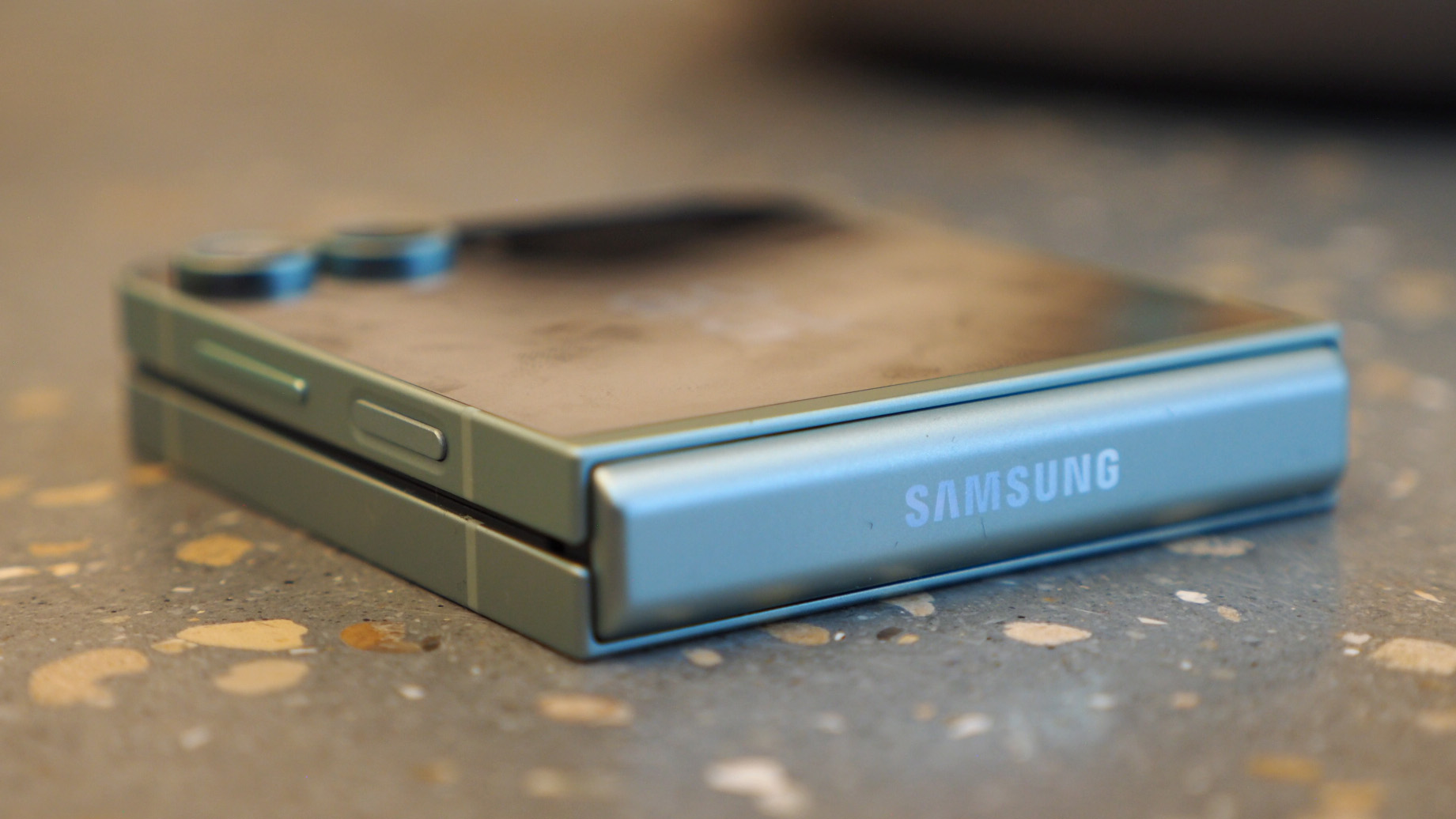 New Samsung Galaxy foldable launch event leaked
New Samsung Galaxy foldable launch event leakedThis could be the date the Z Fold 7 and Z Flip 7 arrive
By Sam Cross
-
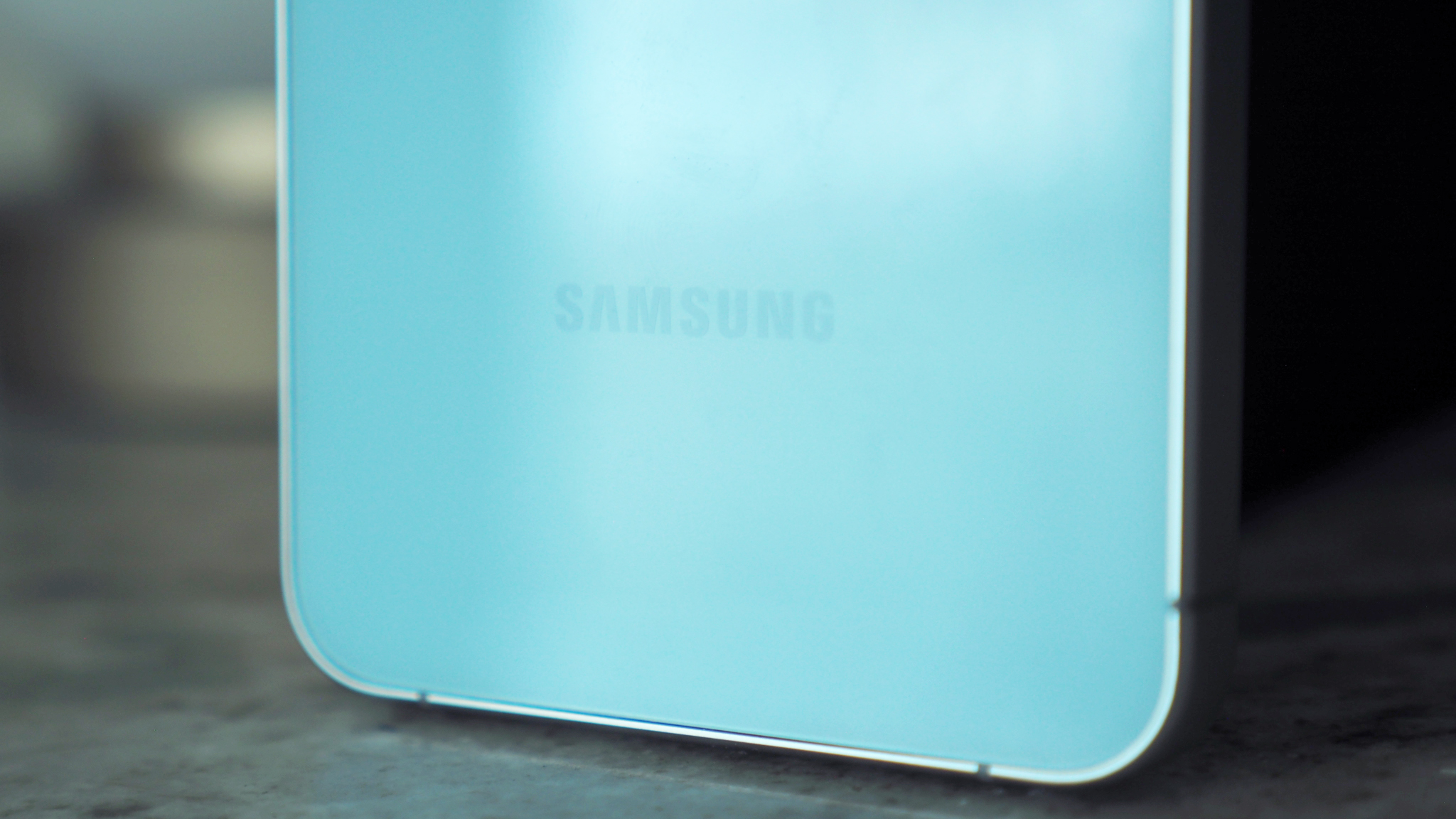 Samsung Galaxy S25 FE still on for this year, but one leak curbs our excitement
Samsung Galaxy S25 FE still on for this year, but one leak curbs our excitementThis is an odd choice
By Sam Cross
-
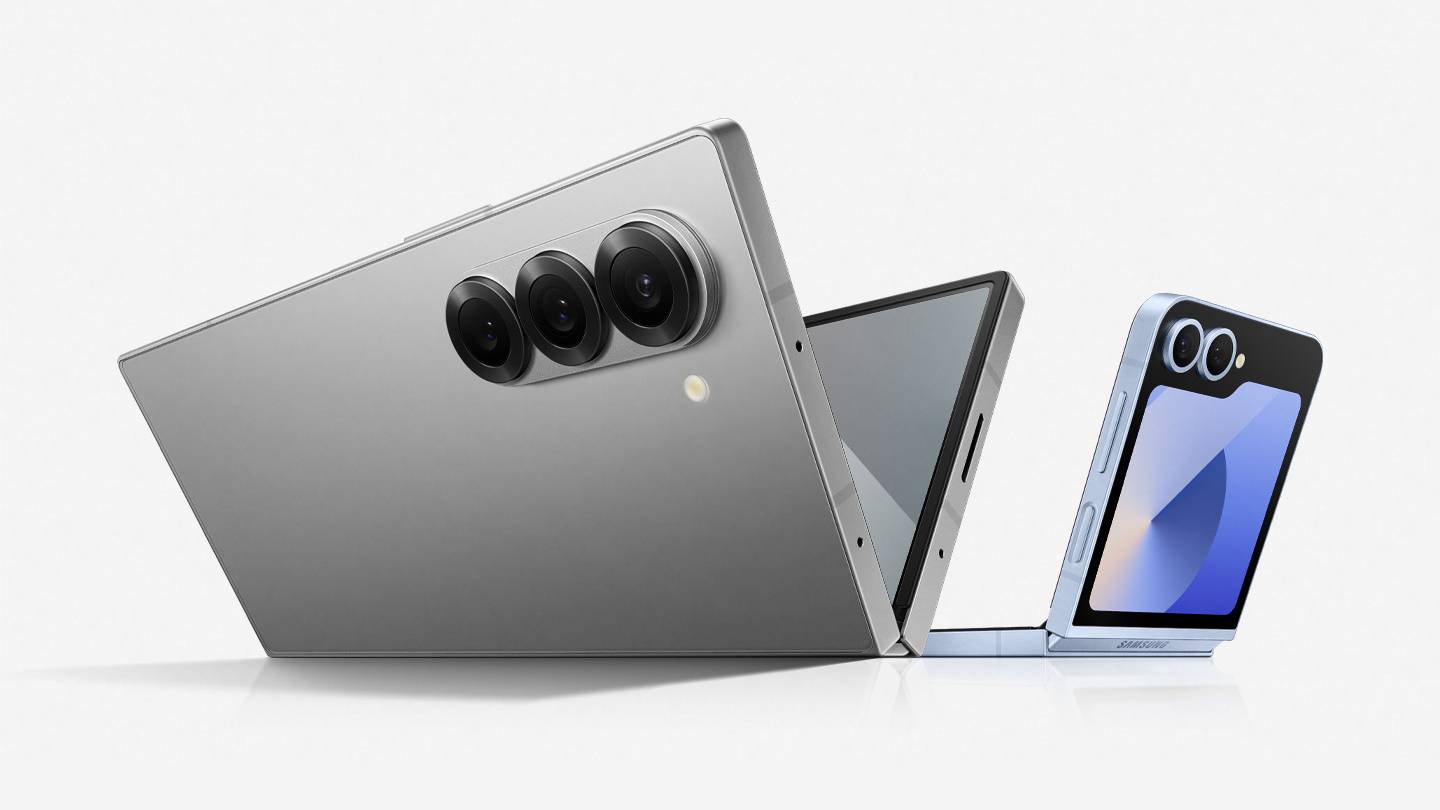 Expected Samsung foldables could arrive later than expected this year
Expected Samsung foldables could arrive later than expected this yearIt could be a late launch for these foldables
By Sam Cross
-
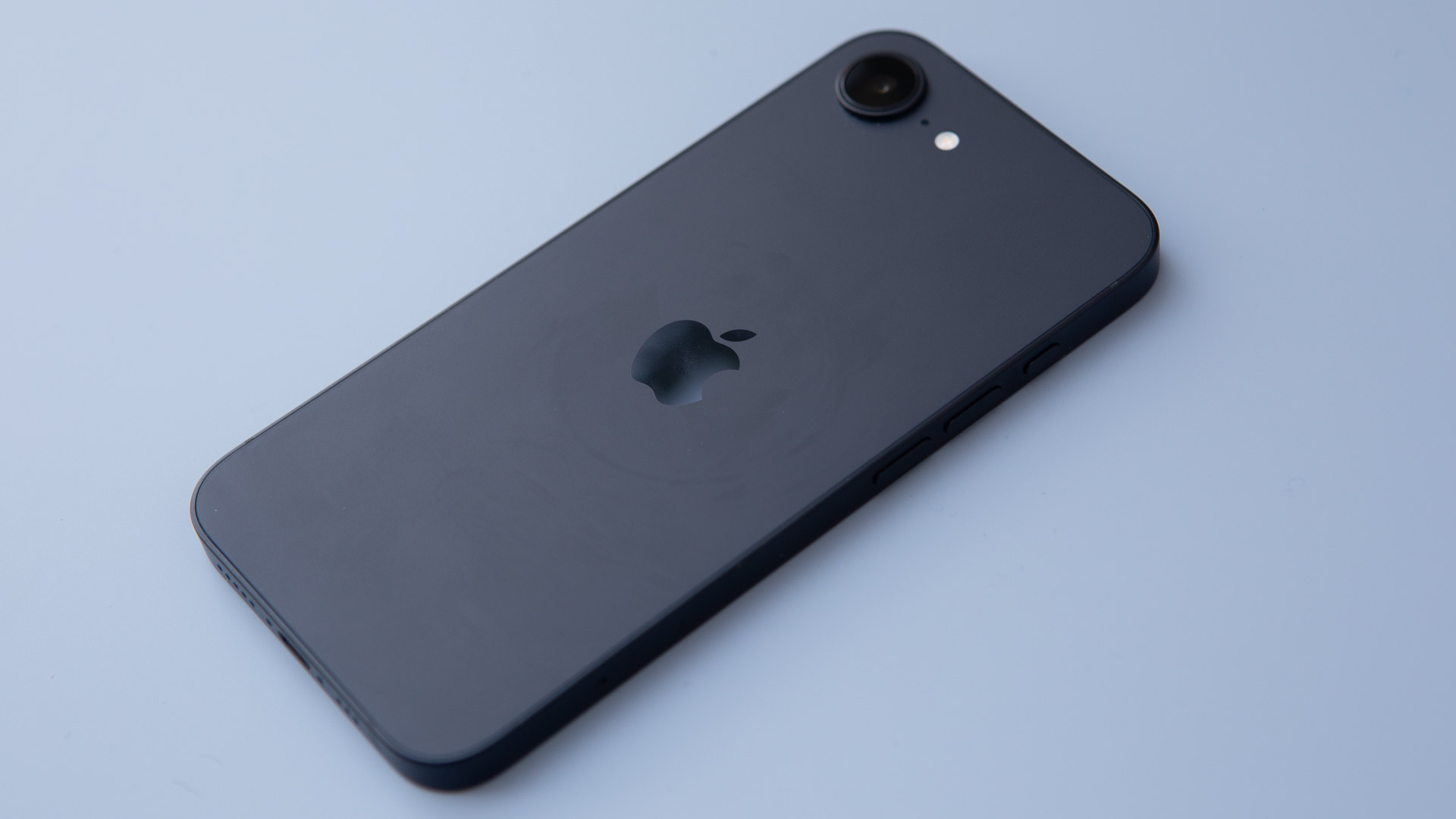 Apple's iPhone just did something it never has before
Apple's iPhone just did something it never has beforeThis is an unprecedented event for the iPhone
By Sam Cross
-
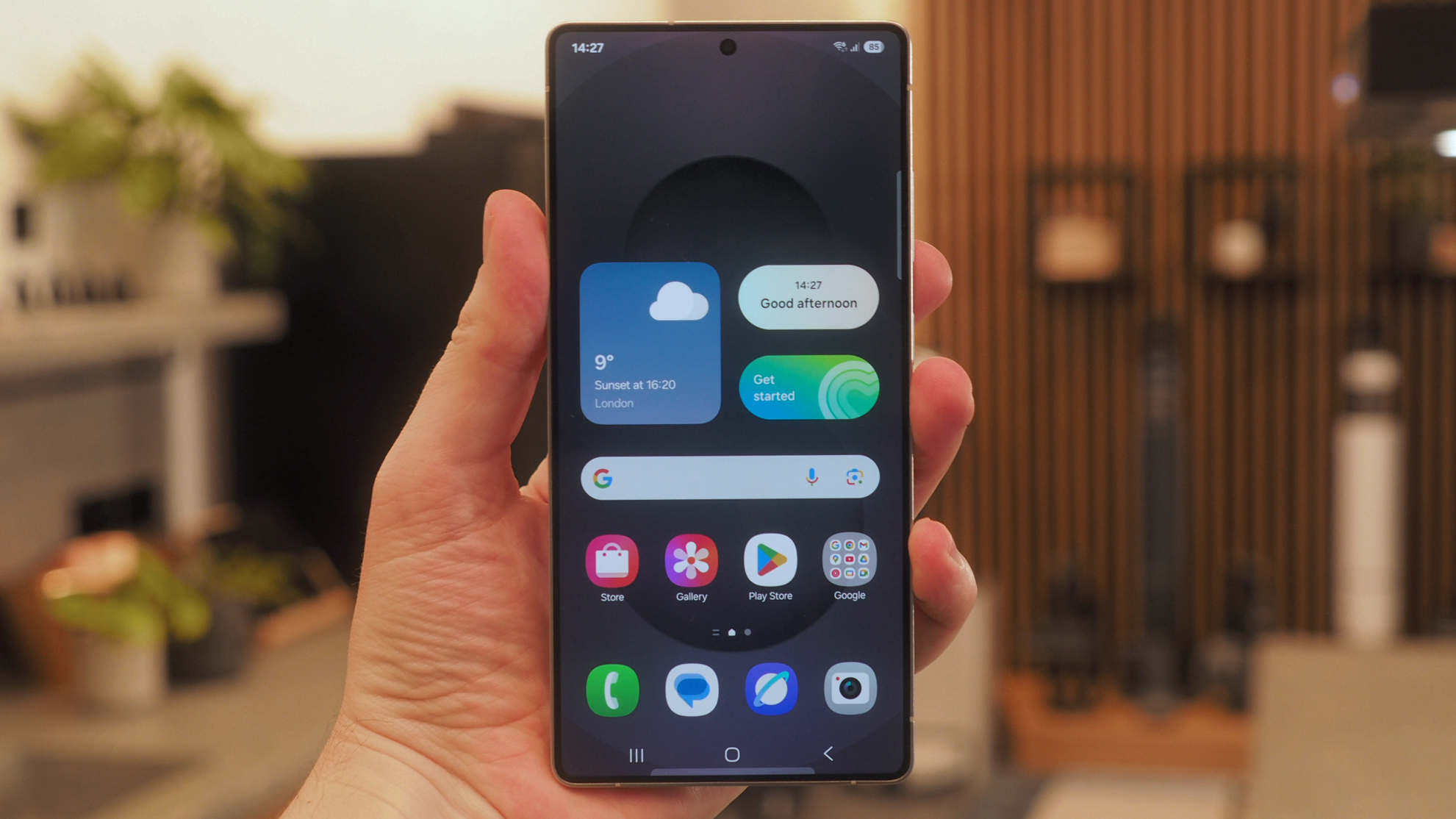 Samsung hits pause on Android 15 rollout, but your phone might be lucky
Samsung hits pause on Android 15 rollout, but your phone might be luckyYour delayed Samsung One UI 7 software update could be delayed some more
By Chris Hall
-
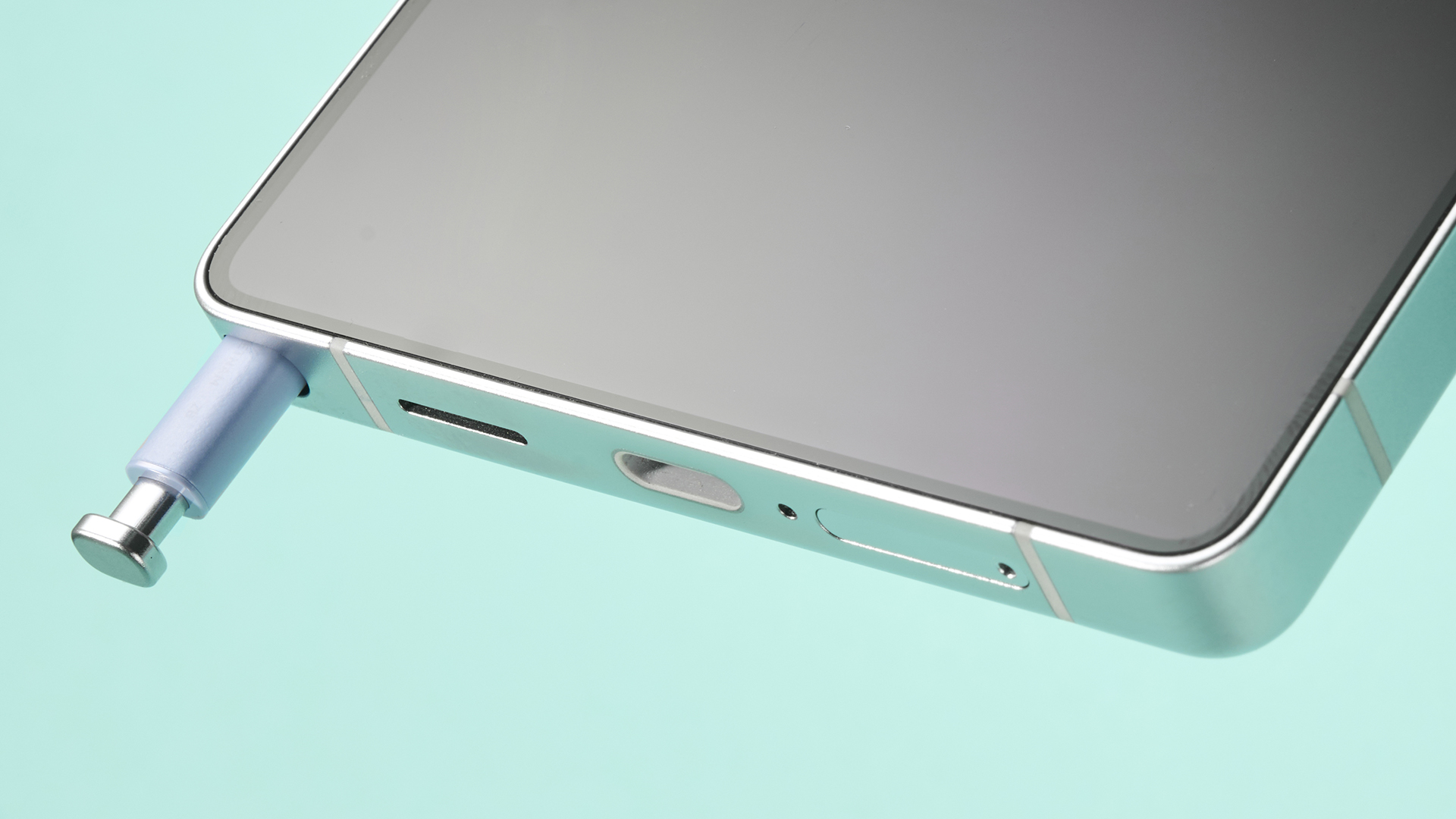 Samsung Galaxy devices could lose a unique feature after all
Samsung Galaxy devices could lose a unique feature after allThat's despite recent claims to the contrary
By Sam Cross
-
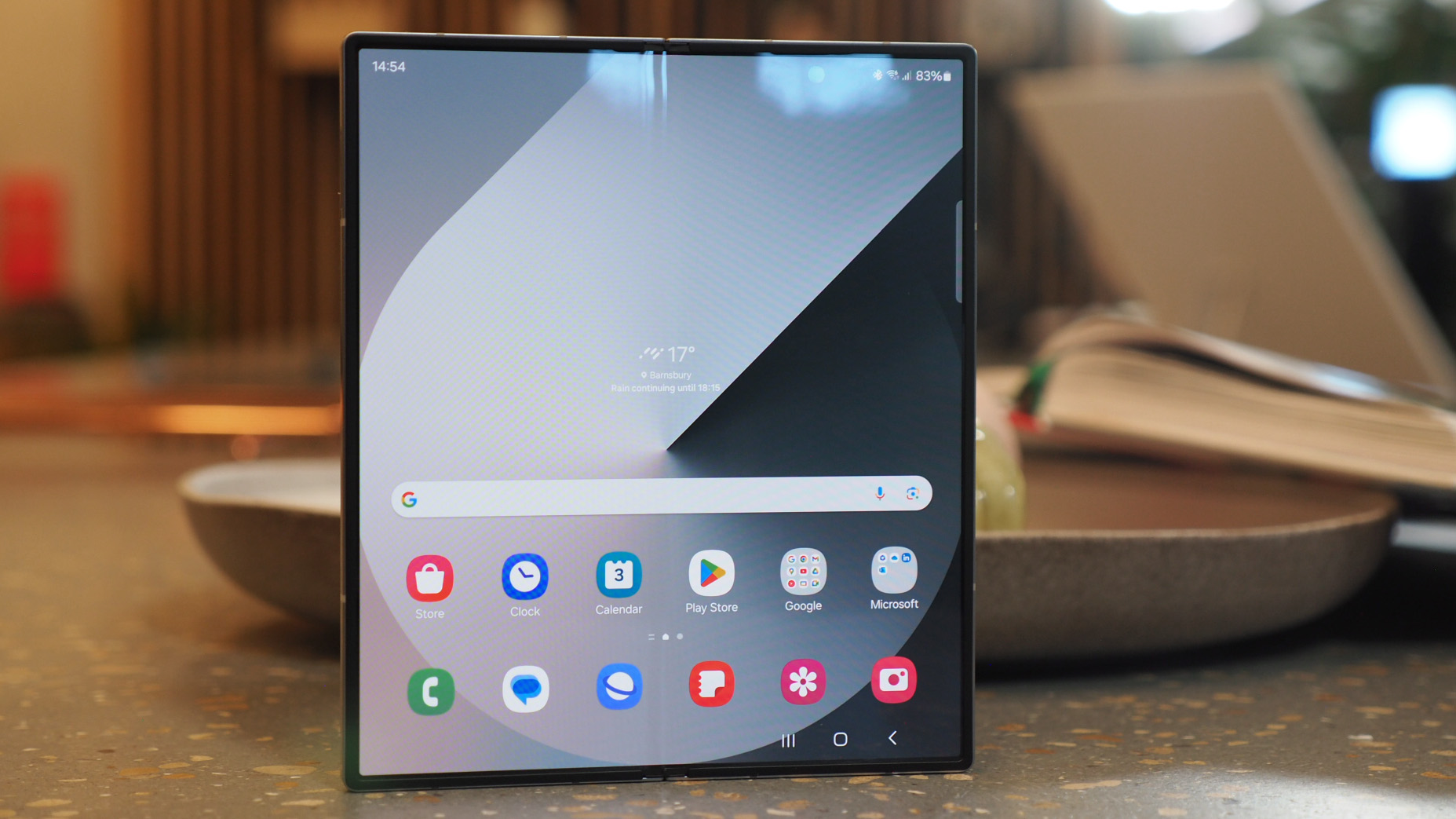 Samsung Galaxy handsets could get a massive free software upgrade as soon as this summer
Samsung Galaxy handsets could get a massive free software upgrade as soon as this summerThat's way sooner than expected
By Sam Cross
-
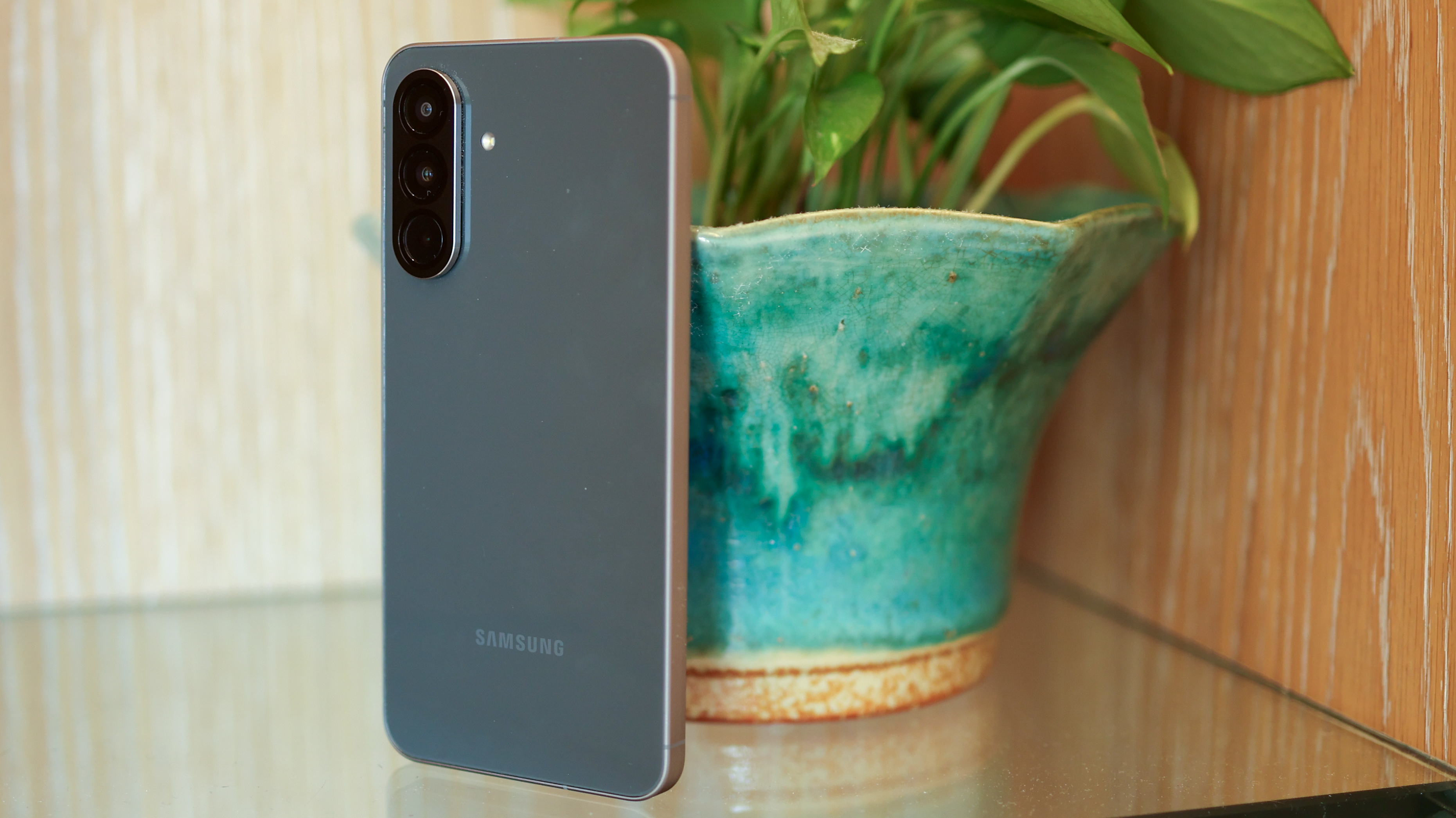 Samsung's affordable phones get Awesome Intelligence upgrade for free
Samsung's affordable phones get Awesome Intelligence upgrade for freeAnd its available to install right now
By Britta O'Boyle

